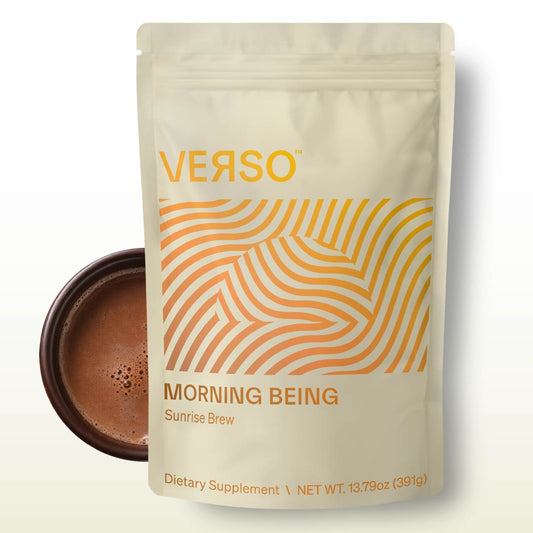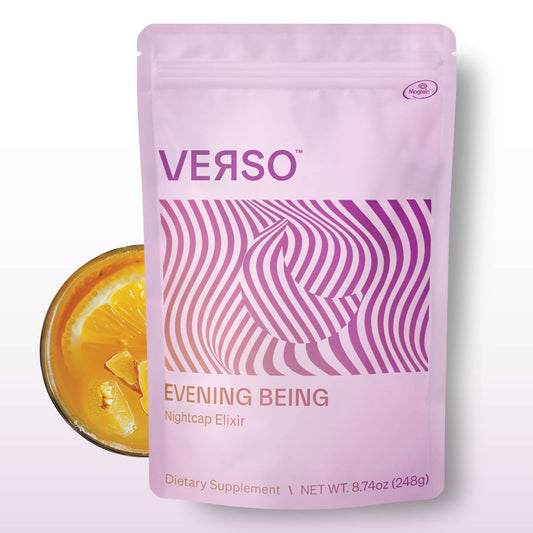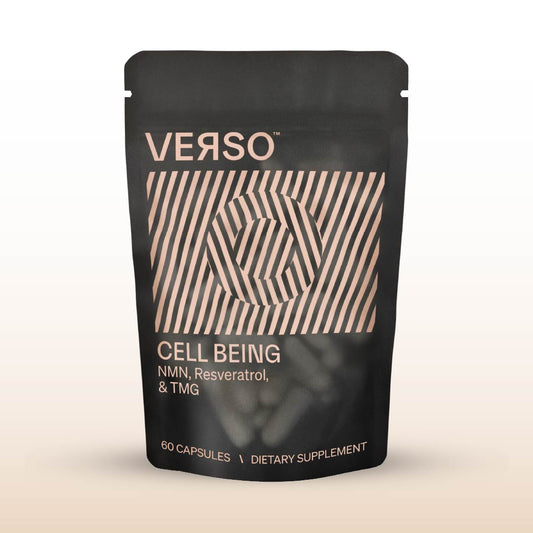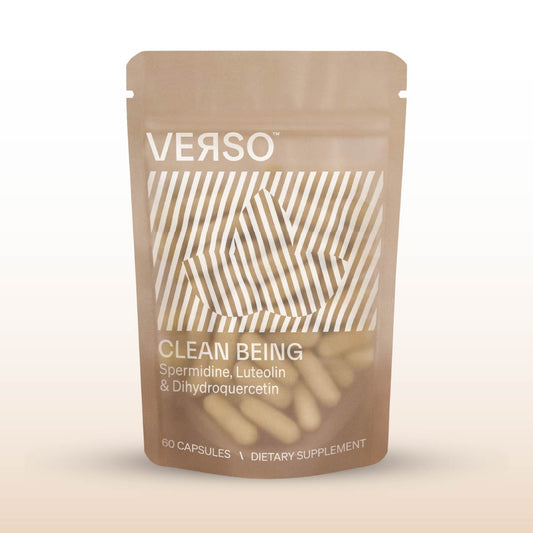It’s essential for energy in the body, but it declines with aging. This is (almost) everything you should know about NAD+.
There’s been a lot of hype about NAD+ in recent years due to new discoveries linked to its profound significance to longevity. However, it was first discovered in 1906 by Arthur Harden and William John Young. After reading this brief article, you’ll understand what NAD+ is, who needs it, why it’s important to cellular health, and how to get more of it.
WHAT IS NAD+
NAD+ is short for nicotinamide adenine dinucleotide – a mouthful to say (or write in my case), so we’ll keep referring to it in its short form. It is a coenzyme: a molecule necessary for enzymes to perform their functions.
Therefore, the molecule attaches itself to an enzyme and activates it, so that the enzyme can perform its function. A number of enzymes that require it to function are located inside the mitochondria (the powerhouse of your cells).
IT’S ROLE IN GLYCOLYSIS
Furthermore, NAD+ participates in glycolysis, which is the production of energy from glucose outside the mitochondria. The primary energy source for a number of cells is glycolysis, so it’s important to maintain high levels of it in order to energize these cells to perform their functions accordingly.
To illustrate this concept, take red blood cells for example – they do not have mitochondria. Consequently, glycolysis is the only way for them to source energy to deliver oxygen and nutrients to other tissues.
IT’S ROLE IN DNA REPAIR
In addition, NAD+ is the all-star player responsible for repairing DNA damage. It binds to the enzyme that repairs DNA, PARP-1 and activates it. However, PARP-1 activation places an enormously high demand of NAD+. DNA damage happens all the time, every day, to everyone due to environmental factors.
Consequently, DNA damage and PARP-1 activation have been scientifically shown in clinical settings to reduce levels to 20-30% of its normal levels.
WHO NEEDS IT?
Humans and all other living organisms are built up of cells and in order for these cells to survive, they need energy. NAD+ provides this cellular energy and is found in every single cell, in every single living organism. In other words, if this molecule wasn’t present, life on Earth would not exist.
WHY IS IT IMPORTANT?
As mentioned above, NAD+ is crucial for the survival of all living things. However, levels decrease with age and these levels are directly correlated with a number of age-related conditions and neurodegenerative disease.
To reflect on this, do you remember when you were younger and had all the energy in the world? You could workout and play sports all day and the following day, you’d be able to do it all over again without any hesitation.
But, as you get older, you may have noticed your body takes a longer time to recover and regenerate. As a result, the things you were able to easily do in your younger years, now seem out of reach. This is due to the depletion of NAD+ levels in your cells.
A decline in NAD+ results in a decrease in energy metabolism, weakened DNA repair, and inefficient immune activation. Sirtuins, a class of longevity enzymes that regulate and control genes rely on NAD+ to guide them to do their functions.
Consequently, as levels decline, sirtuins aren’t optimally guided to do their jobs to repair and maintain the body for peak health and performance. Therefore, there will be less benefit from exercise, energy levels decline, constant fatigue, and compromised mitochondrial function.
HOW TO GET MORE NAD+
NAD+ levels are influenced by lifestyle. There are certain energy stresses that can raise NAD+ levels. For example fasting, caloric restriction, and exercise all raise levels. Diet is another way to increase levels.
Tryptophan and niacin equivalents can make NAD+, but these are not the major source. The body’s demand for it exceeds its capacity to make it from these sources, so what happens is that the body recycles nicotinamide through a recycling pathway called the NAD+ salvage pathway – the predominant source of the molecule.
HOW DOES THE SALVAGE PATHWAY WORK
The consumption of NAD+ from enzymes that use it produce nicotinamide as a byproduct. Nicotinamide is then converted into nicotinamide mononucleotide (NMN) and subsequently NAD+. There are a couple significant things to note:
1. The enzyme that converts nicotinamide to NMN is subject to feedback inhibition by NAD+ levels. Meaning, at a certain concentration of NAD+, nicotinamide will no longer be converted into NMN and subsequently NAD+; rather it will remain nicotinamide.
2. Nicotinamide has been shown to inhibit the activity of sirtuins – you don’t want this.
Remember sirtuins are involved in longevity. As a result, this means you want them to be activated.
SUPPLEMENTAL NAD+
If NAD+ levels decline, why can’t we take it directly as a supplement? The problem with directly taking it as a supplement is that it has poor bioavailability. It is a big molecule, so it simply isn’t able to enter cells.
Several animal studies have shown when it is orally administered, it is first digested into the precursor, nicotinamide. Secondly, it converts to nicotinamide riboside (NR). Thirdly, subsequently converting to NMN before being absorbed. Lastly, upon absorption, NMN converts into NAD+.
Since the bioavailability of oral NAD+ is low, it would make sense to intravenously administer the molecule. However, there is no mammalian transporter that allows it to enter cells, with the exception of the brain and heart. Intravenous administration will be visible in plasma, but extracellularly, it has not been shown to be taken up into tissues.
NAD+ BOOSTERS
Other sources include supplements referred to as NAD+ boosters. The most studied boosters are NR and NMN. They are referred to as NAD+ boosters because in supplement form, they are shown to be tolerated at high doses to effectively raise NAD+ levels and combat age associated disease.
NMN is the immediate precursor to NAD+ (one step into enzyme), and NR (smaller version of NMN – no phosphorus) will convert to NMN (first put on a phosphorus then link it) first then NAD+ (2steps).
NMN
Taking NMN is a far more efficient way for cells to increase NAD+ levels. Several animal studies show NMN can have health benefits.
INTRAVENOUS NMN
For example, injection of high dose NMN has been shown to counter the effects of an obesogenic diet and improve several metabolic health markers.
Furthermore, high dose NMN has been shown to improve heart functions within animals with heart problems and to improve cognition and memory within animals with neurodegenerative disease.
ORAL NMN
A long-term study found that dietary administration of NMN mitigated the age associated physiological decline in mice that have an accelerated phenotype. These animals had improved skeletal muscle function, mitochondrial function, increased energy expenditure, increased bone density, and also decreased insulin resistance.
As a result, these benefits occurred in a dose dependant manner – the higher the dose of NMN, the greater the benefit. Raising NAD+ levels in the brain improves memory and slows down advancement in Alzheimer’s.
NMN shows improved blood flow which helps with vascular dementia. Additionally, NMN mimics exercise and regrows the vascular system with muscles. Also, early studies show increased blood flow in the brain (big for cognitive function) when oral NMN is taken.
CONCLUSION
It’s safe to conclude NAD+ is vital to life. Therefore, we should do everything we can to ensure our levels stay high, so we can mitigate age-related diseases. This ground-breaking discovery is going to change the way we age.
We no longer have to accept the fate of limitations old age brings upon. Taking care of ourselves on a cellular level and regenerating NAD+ levels allows our body to guide sirtuins to optimally perform their roles.
For example, from DNA repair to mitochondrial function, and immune support to increased brain function, our biological age does not have to increase in complete congruence with our chronological age.





